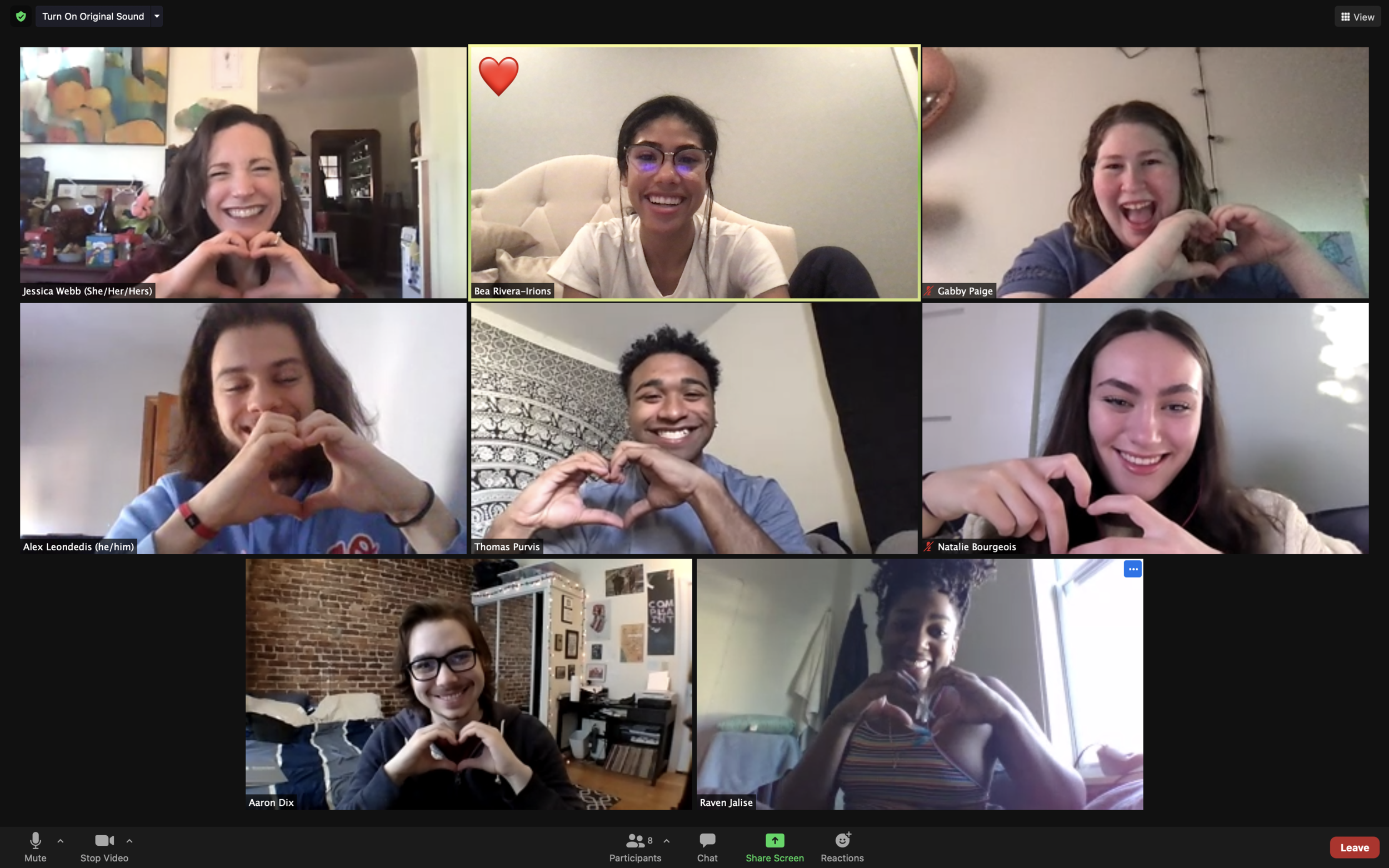Photo by Becca A. Lewis
Even the word has an impact.
It’s time to normalize it, versus stigmatize.
Trauma.
Particularly as artists, we are hyper-sensitive: it is our superpower. We don’t want to diminish it, rather we want to replenish it, regulate it, and support our growth.
Let’s think about archaeologists on a dig: once they feel something beneath the surface, the first thing they do is put away their tools for digging and bring out the soft brushes. There is a care and delicacy in a nursing whatever it is that is unknown beneath the surface. The goal is not to destroy what is unknown, nor the very foundation exists, but instead to slowly and gently unearth what is there so that we can learn from, and eventually, access from it.
This may seem counterintuitive to many of us given our previous trainings, but this is exactly what we want to be able to do with our own nervous systems. We do not want to destroy the foundation in order to dig into the unknown; rather, we want to slow down, put the big tools away, and bring out our brushes, so that we treat ourselves with gentle care in order to learn, process, and-especially as artists- eventually have access to whatever is within our own foundations.
For clarity’s sake, in this work, let’s define trauma:
Trauma is defined simply as “an incomplete threat response”, or “fight or flight” cycle (Peter Levine, Somatic Experiencing) or “A lasting experience after an event that negatively affects impacts self or psyche.” (World Health Organization)
*Big-T trauma vs. little-t trauma: What’s the difference?
The longer you’re on the planet, the more inevitable trauma becomes. In the day-to-day, there is no escape from it. Big T Trauma is determined by global experiences (combat/war, natural disasters, etc) whereas Little t trauma is more localized or personal ( sickness, accidents, falls, birth, divorce, etc.) It’s important to note that the “Big” and “little” here only describe the type of trauma, but not the impact it has on the individual: all traumas feel big, by definition.
*What causes trauma? Is it the same for everyone?
We talk about the three E’s of trauma: event, experience, and effect. The key component that determines whether or not something is traumatic is not simply the event alone, but how we perceive and experience that event which determines its ultimate impact. Two people can experience the same event: for one person, it can be a difficult time that was unpleasant, for another it can be a traumatic event for which they feel stuck and cannot move past. The difference is in their experience moving through it, and their sense (or the absence) of support and mobility both as the event occurs, and beyond.
So, I have trauma? What do I do now?
The goal of trauma work is not to move further into the trauma, but rather the opposite: to soften and supplement around the edges of the trauma and help restore mobility and integration. so that we are once again whole. In my work, I do this by inviting you to widen, by gently guiding your attention to soft things, pleasant things, supportive things (what we call Resourcing) in order to restore our system’s natural pendulation and balance (what we will call Self-Regulation) to a restore a sense of safety and trust of support.
A healthy functional nervous system will flow back-and-forth from activation to regulation; A dysfunctional system gets stuck. What I teach is observing and identifying the signs of Activation and Immobilization (or stuckness) and locate where these places of stuckness might be, and how to increase the flow (or turn up the sensory volume) of movement.
We access this ability of moveable attention (or awareness) through our sensory system:
1-visual
2-auditory
3-olfactory (nose)
4-taste
5-touch
6-kinesthetic (the sixth sense that brings all the senses into relationship)
*****A Note to consider when working with Ourselves*********
Any exercises or explorations on this site are not meant as a replacement for private or individual work with a therapist or somatic professional.
I encourage you to stay open and anchored in your space as you hold space for yourself-and remember that it is OK to know for yourself when enough is enough for this moment, and invite yourself to do less. It is also important to remind yourself to recognize when we need help beyond our own support.
I invite you to explore supportive movement, functional release, and to consciously cultivate joy, safety, and peace for your system. No one is asking you to lean into anything that is uncomfortable or feels “too much”: Let this simply be a visit with our Self: say hello, have a cup of tea or coffee, like an old friend, and remind our Self that we are here— and that we will continue to visit and keep these small appointments with ourselves. as we begin the journey to restoring our own sense of trust and the most important relationship we have: our own.


